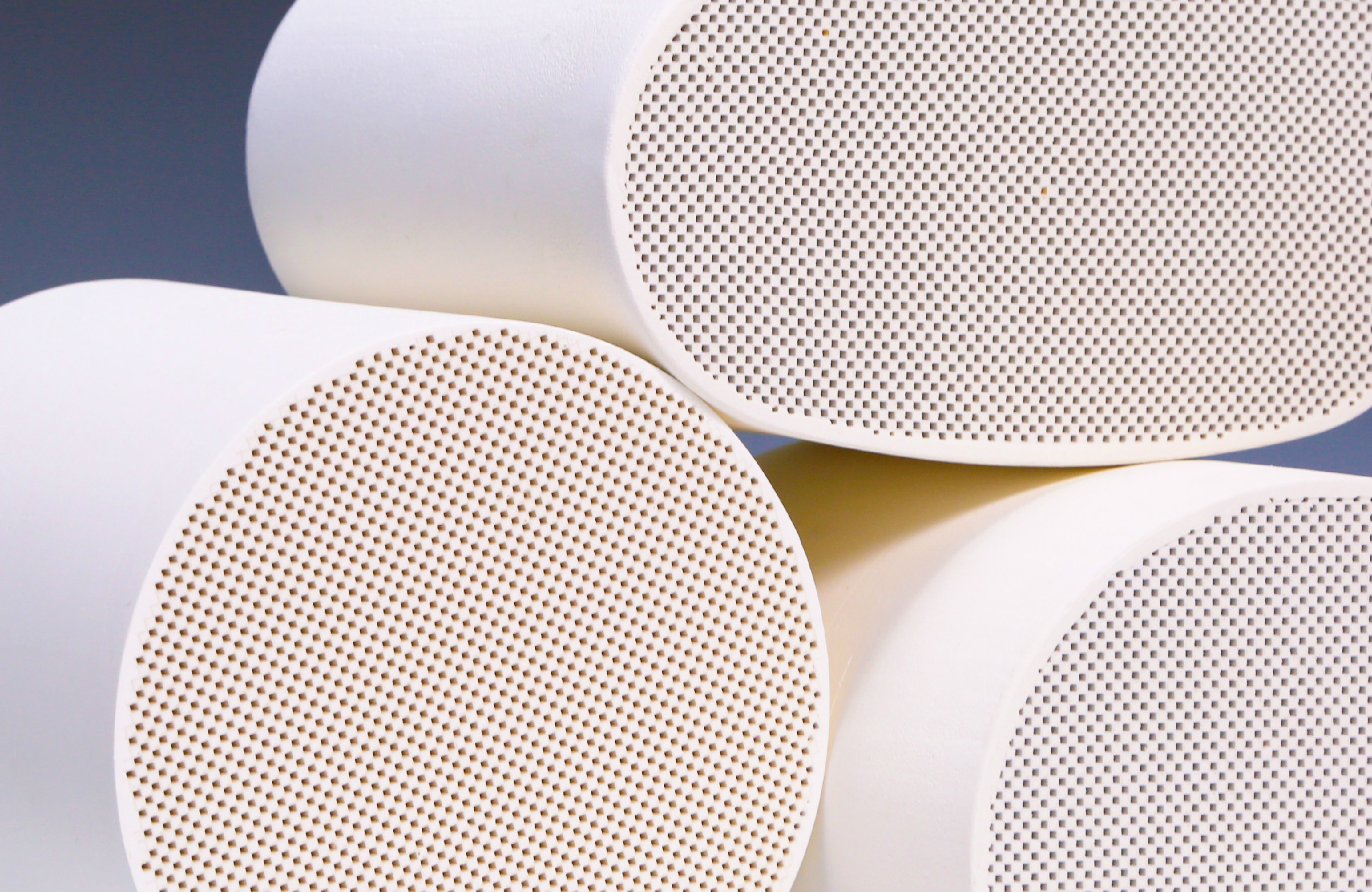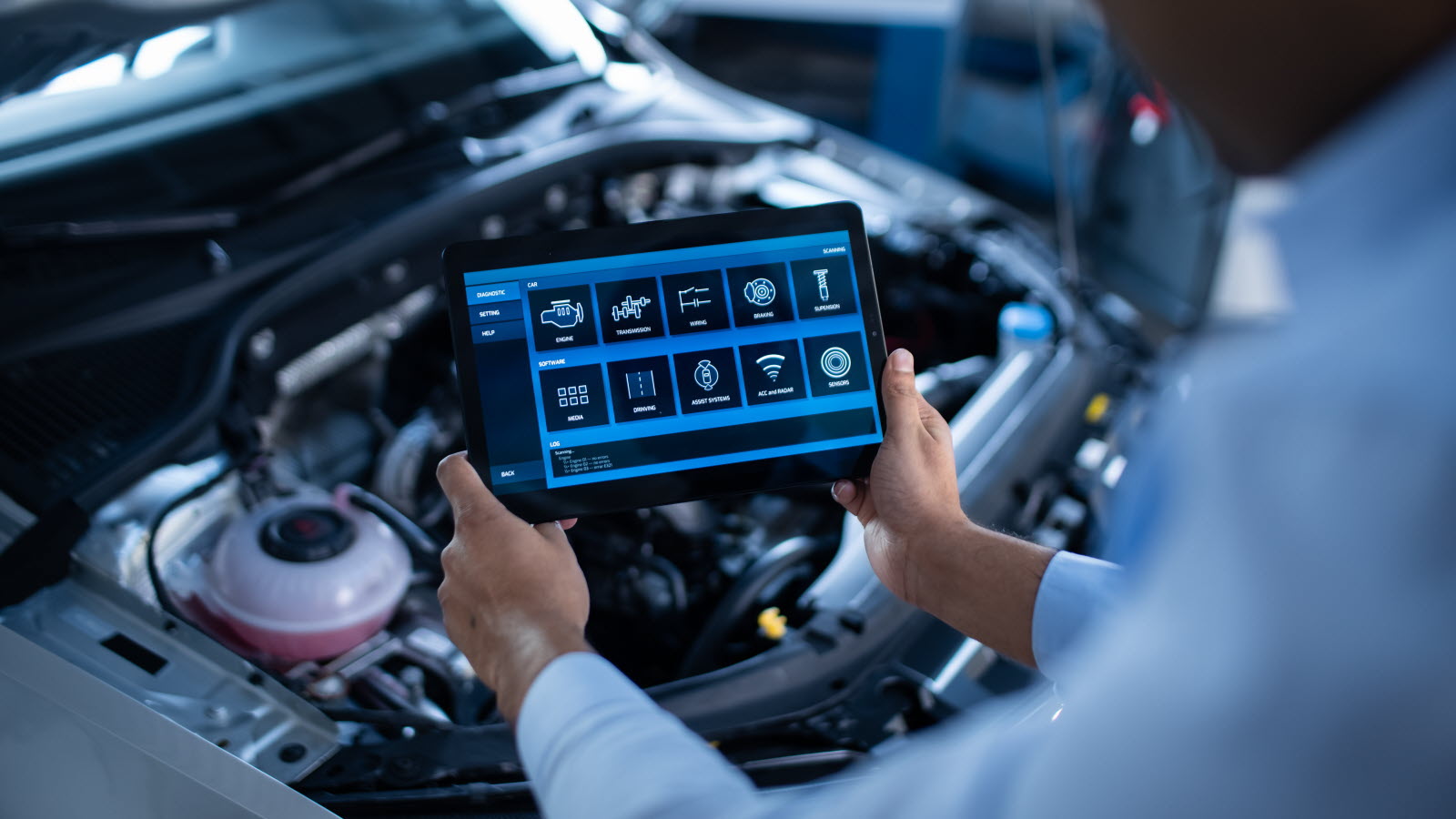Address
304 North Cardinal St.
Dorchester Center, MA 02124
Work Hours
Monday to Friday: 7AM - 7PM
Weekend: 10AM - 5PM
Address
304 North Cardinal St.
Dorchester Center, MA 02124
Work Hours
Monday to Friday: 7AM - 7PM
Weekend: 10AM - 5PM

The DPF filter (Diesel Particulate Filter) is one of the most important components of the exhaust system in diesel cars. Its job is to capture soot particles generated during diesel combustion. Unfortunately, over time it can become clogged—especially in vehicles used mainly in the city. In this article, you’ll learn why the DPF filter gets clogged, how to recognize the first symptoms, what diagnostics look like, and how to clean it safely or prevent the issue from returning.

The DPF clogs when conditions for automatic regeneration are not met or when other engine faults increase soot production. Here are the main reasons a DPF stops working properly:
As a result, the filter clogs more and more, which shows up as power loss, higher fuel consumption, and the DPF warning light.
Early detection helps avoid costly repairs. Look for these signs that your DPF may be clogged:
Ignoring these symptoms can damage the turbocharger, injectors, and even the filter itself – replacement can cost thousands of PLN.
Before deciding on cleaning or replacing the DPF, perform basic diagnostics. You can do it yourself or at a shop with a diagnostic scanner.
If the DPF is mechanically clogged with ash, no burn-off will help – professional cleaning or replacement will be necessary.

Cleaning should always be preceded by finding the root cause. Burning off soot or using chemicals without addressing the source will only bring short-term results. In practice, three methods are used to restore filter performance:
An automatic process that starts when the filter is slightly clogged. Take a longer drive (20–30 minutes) at steady RPM above 2000 and exhaust temperature above 600°C. The engine burns off accumulated soot. Do not stop until the process completes.
In a workshop, a technician can initiate regeneration using diagnostic software. It takes several minutes and burns soot, but it does not remove mineral ash.
The most effective method for heavily clogged filters. The DPF is removed and cleaned with a dedicated machine that flushes out soot and ash. This restores 95–98% efficiency. After such cleaning, check sensors and oil to prevent re-clogging.
To avoid the DPF getting clogged again, follow these simple rules:
Following these rules significantly extends filter life and helps avoid expensive repairs.
A clogged DPF filter most often affects cars used in the city or with a faulty thermal system. Regular checks, proper use, and preventive cleaning help you avoid costly failures. If you notice the first symptoms, don’t delay diagnostics. The sooner you act, the more likely you’ll save the filter without replacement.